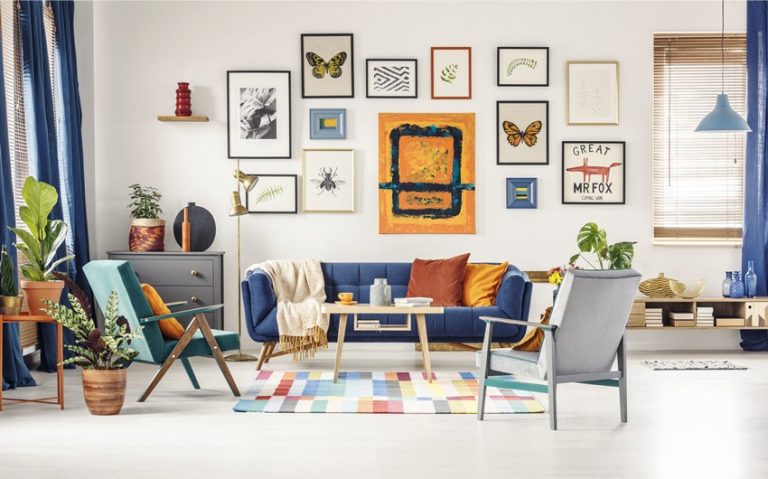Moving to a new home brings excitement and fresh beginnings, but it also presents challenges when safeguarding items with sentimental value. Every colorful handprint, school project, and crayon masterpiece created by your child represents more than just paper and paint — it captures moments of growth, creativity, and childhood memories that deserve special care during relocation.
The good news? With thoughtful planning and the right techniques, your child’s artistic creations can arrive at your new home in perfect condition. Taking time to properly preserve these irreplaceable treasures ensures that the fingerprint turkey from kindergarten and the watercolor landscape from third grade remain intact for years to come.
Choosing the Right Preservation Method
Before packing day arrives, take inventory of your child’s artwork collection. Focus on preserving pieces that hold special significance — first attempts at writing their name, artwork that shows developmental milestones, or projects that sparked particular joy. This selective approach makes preservation more manageable while focusing on truly meaningful creations.
Professional archival sleeves or portfolios offer excellent protection for flat artwork by preventing smudging and keeping moisture away. Creating digital archives and custom photo books preserves your children’s artwork while reducing physical storage needs. Digital preservation captures high-resolution details of each piece, while custom journals and calendars showcase artwork year-round. Many families find rotating displays help manage space constraints while still honoring their child’s creativity, as each piece gets its moment in the spotlight.
For long-term preservation, consider framing special pieces using archival-quality materials that prevent yellowing or fading. Alternatively, acid-free scrapbook albums can safely store multiple art pieces while protecting them from environmental damage. When selecting preservation methods, balance accessibility with protection. You want to safeguard the artwork while still being able to enjoy these cherished memories.
Packing Artwork Safely for the Move
When moving day approaches, proper packing techniques become essential for preventing damage and safeguarding your art collection. Start by placing flat artwork between rigid pieces of foam board or cardboard to maintain structural integrity during transport. This sandwich method distributes pressure evenly, preventing the bending or creasing of delicate pieces.
For artwork with textured elements or 3D components, specialized packaging materials protect delicate surfaces during transportation and prevent materials from sticking together in transit. Acid-free tissue paper creates a crucial barrier between pieces, preventing paint flaking or crayon transfer on mixed media projects. Picture boxes and wooden crates offer additional strength for larger pieces, while corner protectors reinforce vulnerable frame edges.
Framed artwork requires special attention to prevent glass breakage. Wrap these pieces in bubble wrap, secure them with tape, and place them in sturdy boxes with cushioning material on all sides. Add corner protectors before wrapping to reinforce vulnerable points where damage frequently occurs. Label all boxes containing artwork clearly as “Fragile – Artwork” and indicate which side should remain upright to ensure proper handling throughout the move.
Keeping Artwork Safe Upon Arrival
After reaching your new home, prioritize unpacking your child’s artwork promptly. Leaving pieces packed for extended periods increases the risk of damage from moisture, temperature fluctuations, or accidental crushing. Create a designated unpacking area away from high-traffic zones where you can carefully assess each piece.
Store artwork in a climate-controlled space until you’re ready to display it. Avoid basements, attics, or garages where temperature and humidity fluctuations could cause warping or mold growth. Consider designating a specific storage space in a closet or cabinet where artwork can remain flat and protected from light exposure.
Displaying favorite pieces in your new home helps children feel connected to their previous space while establishing continuity in the new environment. Involve your kids in deciding which pieces to showcase and where to display them. This collaborative approach helps them feel ownership of the new space while celebrating their creativity. A gallery wall in a hallway or playroom creates a special place to highlight selected masterpieces, making both you and your children feel at home.
Conclusion
The journey to a new home doesn’t mean sacrificing the precious artwork that documents your child’s creative development. By taking thoughtful steps to preserve, pack, and display these unique pieces, you ensure that fingerprint paintings and popsicle stick creations remain intact for years of enjoyment.
Your child’s artistic journey remains preserved despite relocation challenges with careful handling and proper storage techniques. Your new home becomes not just a fresh start but also a gallery of memories and milestones that continue to grow with each new creative project.







